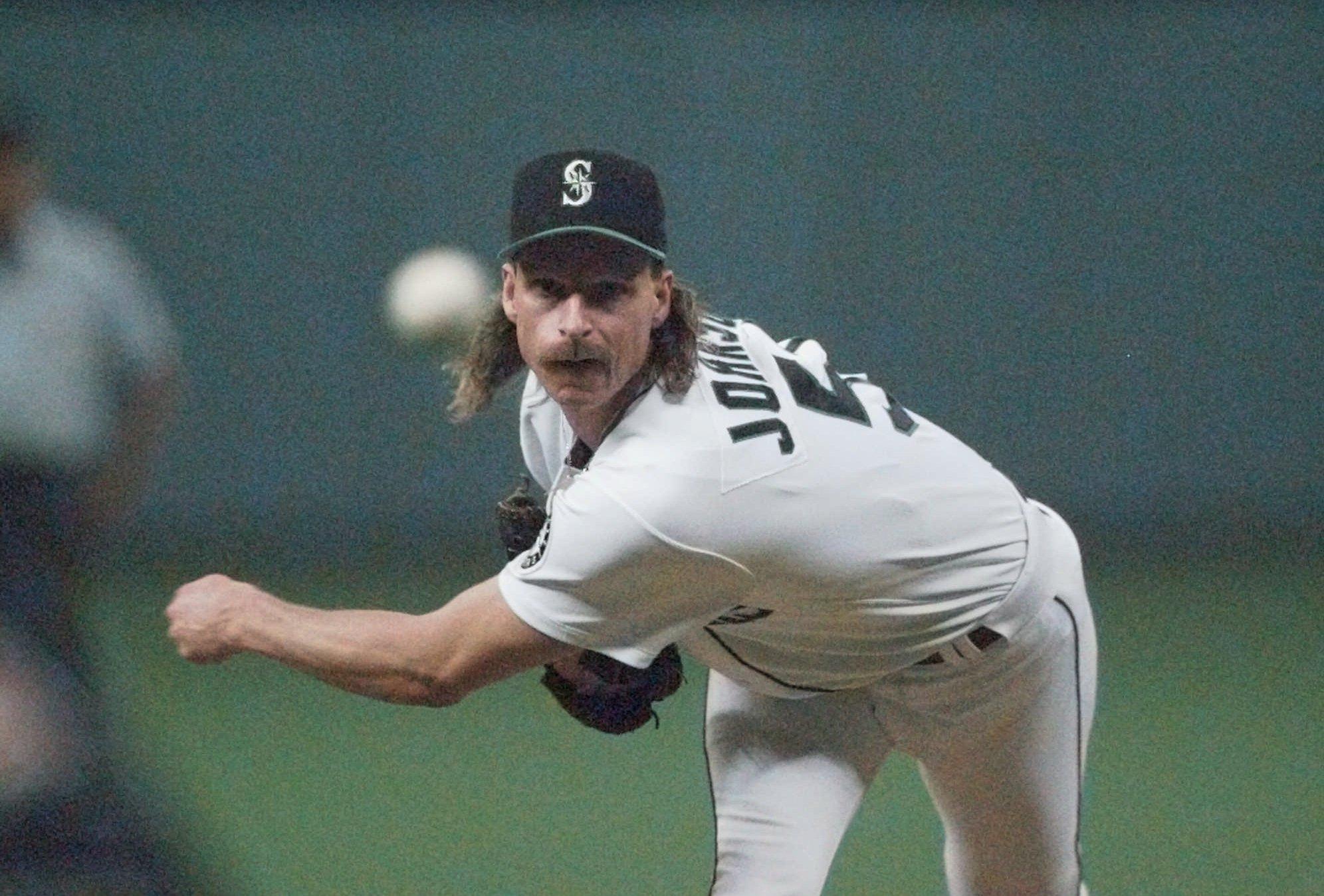I’m about to embark on what may be a touchy subject. With a significant lack of useful Nationals news (outside of one re-signing and a bunch of non-news coming out of Winterfest), what the heck.
Lets argue some more about the Hall of Fame!
A week ago, in what was of little surprise to those reading the writing on the wall, Jack Morris (and his long-time and deservingDetroit teammate Alan Trammell )were selected to baseball’s Hall of Fame by the “Modern Era Committee,” which exists to make “amends” basically for voters who have shown themselves as a body to do a pretty crummy job of evaluating players from the 1980s.
I have written on Morris in the past. See this 2012 post specifically about him and the meaning of Stats versus Fame, and more generally about how badly the 1980s are under-represented in the Hall in this wide-ranging 2013 piece.
There are many who think Morris’ selection is an abomination. He now as the highest career ERA of any Hall of Fame pitcher … often noted by the same people who then turn around and tell us that ERA isn’t that great of a measure. He led the 1980s decade in Wins during perhaps the last ERA where pitchers were really expected to “finish” their games on a regular basis (its notable that Morris has 5 times as many complete games as the 1990s decade Wins leader Andy Pettitte, who himself is as controversial of a Hall candidate as Morris) … but then we also know that “Wins” aren’t that great of a stat either, at least not in the current era when starters rarely get out of the 7th inning.
Morris isn’t the “worst” pitcher in the Hall by bWAR: sort the register by bWAR and you’ll find that Morris is obviously below the Hall average, but well above several pitchers who you should quibble about more than Morris. He certainly stands ahead of nearly every “closer” currently in the Hall, less of an indictment of Morris and moreso of the game’s obsession with the Save statistic. Head over to Fangraphs and you’ll see that Morris ranks 63rd all time in fWAR, notably ahead of luminary Hall members Whitey Ford and surprisingly Sandy Koufax and miles ahead of the likes of Catfish Hunter or Bob Lemon or Lefty Gomez or Dizzy Dean or all the rest of the relievers. So by both primary WAR measurements, Morris isn’t nearly the worst pitcher enshrined.
Yet he was easily the subject of the most vindictive anti-campaign. Why? Why was his candidacy and his career so belittled while a career mediocre stats accumulator like Bert Blyleven so championed? I don’t know. Did we hear this much vitriol when we elected Hunter? Ask yourself: If Koufax had played in the modern era, put up his stats for a few years then retired at 30 … would he be elected to the Hall?
Here’s the real reason i’m posting this: Bill James wrote a fantastic piece explaining everything about Morris that i’ve struggled to articulate over the years. Its a great read: https://www.billjamesonline.com/jack_be_durable/
In it, he talks about basically peak versus longevity, about Morris versus Johan Santana and the value of durability. Here’s my takeaway quote from the article:
“It is my opinion that the Hall-of-Fame should reflect the history of game, and not whatever attitudes and opinions happens to rule the present. We might not want Jack Morris as the pitcher who reflects the current era of baseball, but there is no question that Morris was one of the most important pitchers of the eighties and early nineties.”
I couldn’t agree more. And that, to me, is what the Hall of Fame should be about. It is entirely possible that the whole of the 1980s was just a “down” era for starters; how else can we explain why the leading pitchers of the era got so little recognition? I’m talking about Fernando Valenzuela, Bret Saberhagen, Dave Steib, Orel Hershiser. Maybe even Denny Martinez or even Dwight Gooden. This list includes guys who won more than a quarter of the Cy Young awards from the 1980s, yet none of them even came close to enshrinement … and most of them fell off after one year of eligibility.
The Hall of Fame has gone *out of its way* to enshrine early baseball players, so much so that even a die-hard fan doesn’t recognize many of the names. This 538 piece shows the statistical analysis: in the 1920s there were just 16 teams … yet there are 28 players from the era in the Hall, or above 12% of the eligible players. Yet we sit here and make excuses as to why the guy who holds the record for opening day starts and leads the decade in Wins isn’t worthy.
I’m happy Morris is in the hall of fame. He inarguably was one of the most “famous” pitchers from his era. And that’s what an establishment with the word “Fame” should be striving for; showcasing those who were known for an era.









